 | Billing Questions: (833) 258-4717
| Billing Questions: (833) 258-4717
Online Bill Pay & Patient Portal | Request Medical Records / FMLA & Disability Forms
Understanding Shoulder Replacements
Anatomic Total Shoulder Replacement
In an anatomic total shoulder replacement, both the ball and the socket are replaced. The implants resemble the natural shape of the bones. Patients with bone-on-bone osteoarthritis without severe deformity and intact rotator cuff tendons are generally good candidates for anatomic total shoulder replacement surgery.
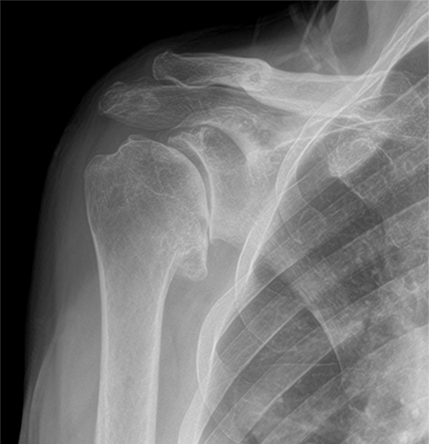
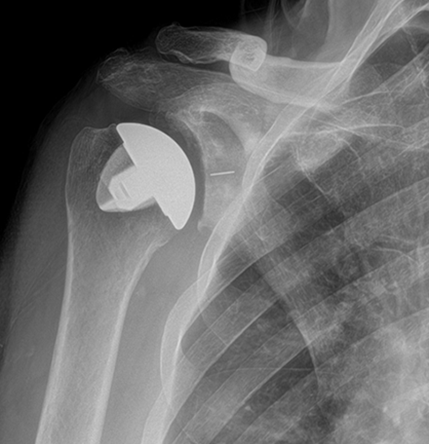
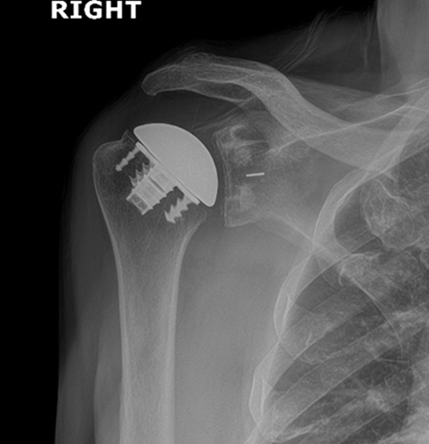
Reverse Shoulder Replacement
Another type of shoulder replacement is called reverse total shoulder replacement, because the ball and socket are "reversed." These replacements are primarily used for patients who develop arthritis from chronic rotator cuff tears that are not reparable. They are also appropriate for patients with bone erosion from longstanding arthritis, shoulder fractures, and revision surgery for failed shoulder replacements.
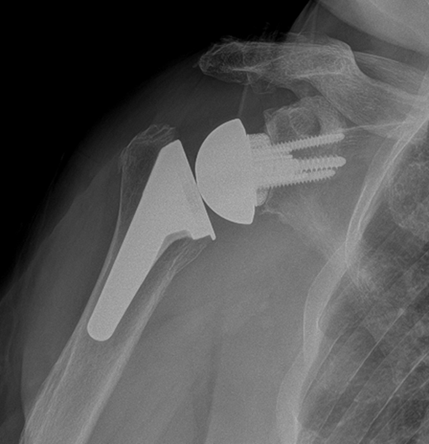
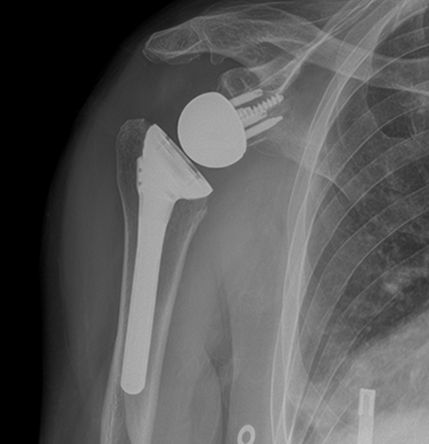
Revision Shoulder Replacement
If your shoulder replacement is no longer functioning well, your surgeon will work with you to identify the source of the problem and explore whether revision shoulder replacement may benefit you.
Shoulder Replacement Implants
During shoulder replacement surgery, an orthopaedic surgeon will resurface your damaged shoulder with artificial components, called implants.
What Are Shoulder Replacements Made Of?
Shoulder replacement surgery involves replacing the worn-out bone and cartilage lining your shoulder joint with new implants that are composed of materials made from metal and plastic. The 2 main metal alloys used in shoulder implants are titanium and cobalt chrome.
